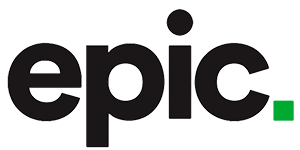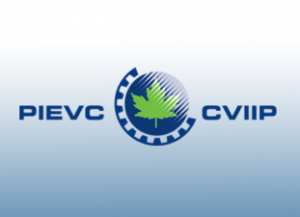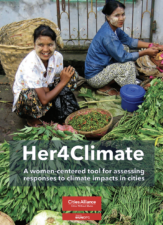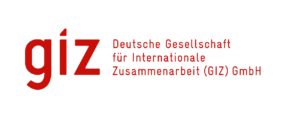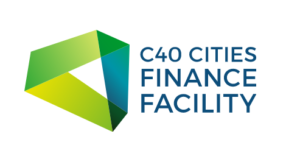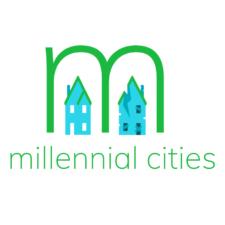
Millennial Cities seeks to “serve as an all-purpose hub for interactive, data-driven visualization tools” and to support “planners, changemakers, and curious observers” by collecting publicly available web-mapping applications. The platform categorizes over 100 tools under themes such as culture, economy, environment, government, health, housing, justice, and transportation. Geographically, it provides dedicated pages listing state-level and city-level applications—for example, road-use dashboards for Baton Rouge, short-term rental maps for New Orleans, and transit-camera viewers for King County, WA
Lifecycle Phase(s): Enabling EnvironmentConditions that enable the integration of sustainability practices (regulation, laws, frameworks etc.)., Strategic PlanningPublic authorities identify the needs and long-term vision for infrastructure development., PrioritizationAuthorities decide which projects to realize and how to allocate resources., Project PlanningGeneral strategy for a project’s delivery is developed.
Type(s) of Tool: Sustainability BenchmarksCompare the sustainability performance of assets or funds., Project Preparation ToolsHelp public authorities manage sustainable project preparation processes., Modelling ToolsSimulate economic, social, and physical systems to help planners optimize outcomes from different decisions.

